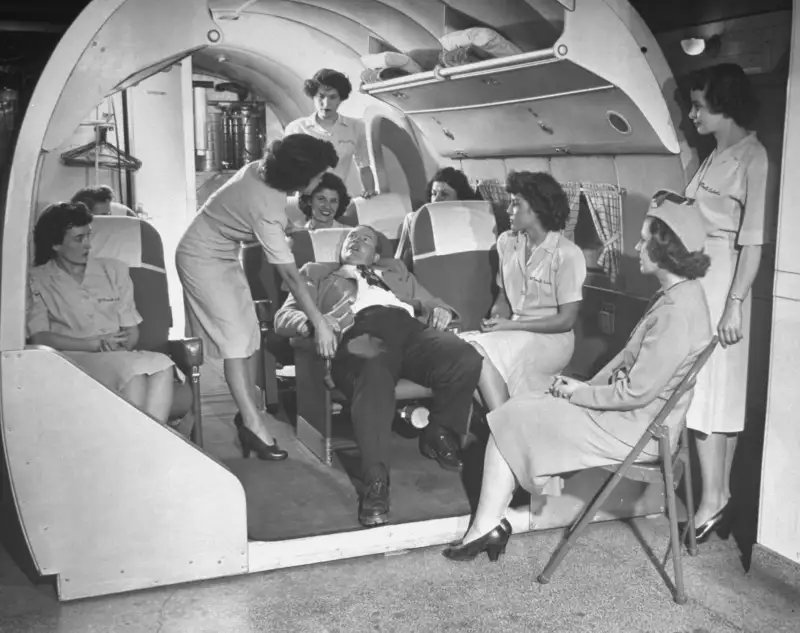Couple with Pensions Plays Too Safe to Win
Money is not a client of any investment adviser featured on this page. The information provided on this page is for educational purposes only and is not intended as investment advice. Money does not offer advisory services.

Dave and Kathy Frazier are among the dwindling number of Americans eligible for generous pensions in their fifties.
Dave, 42, a major serving full-time in the U.S. Army Reserve, could retire now and receive more than 50% of his base pay. Kathy, a 41-year-old kindergarten teacher, stands to receive 75% of her income if she continues to work in Missouri public schools until age 54.
While they're in good shape financially, the Fraziers also have ambitious goals. "We want to pay off our house, put the kids through college, and still be able to retire at age 55, maybe in South Florida," says Dave.
What Dave will do before then is unclear. He'd like to stay in the Army at least a few more years. He's also thinking about a second career, perhaps studying to become a financial planner. The most intimidating task on the horizon, though, is financing college for the couple's children, Austin, 10, and Emily, 8.
"When a 10-year-old is already asking me, 'Dad, how much does it cost to go to MIT?' you go, 'Oh, brother,' " says Dave. Justifiably so, since the annual increase in the cost of private college has outstripped the inflation rate for years.
Can the Fraziers pay for school and still retire early? Yes, says John Gajkowski, a financial planner in Oak Brook, Ill., if they get more aggressive about saving and investing.
THE ADVICE
Fix the IRAs. Dave and Kathy's IRAs represent the bulk of their non-pension retirement resources, but the accounts aren't in good shape. They have an unwieldy 20 funds in each IRA, making it hard to see the big picture of their holdings.
The real problem, though, is a too-timid asset mix: Nearly a quarter of their IRAs are in cash, earning next to nothing. The Fraziers already have $50,000 sitting in the bank, but that feels insufficient to Dave, who includes being able to get to their money "fast, if we have an emergency" in his investment philosophy.
Gajkowski advises the Fraziers to put 32% of their portfolio in foreign stocks, up from 12%. A stake of that size -- which would amount to 45% of the Fraziers' stocks -- is higher than what most planners would recommend, but Gajkowski says the growing middle class in developing countries, along with mid-term growth prospects for overseas economies, will make international investments a good choice.
He also tells the couple they can easily reduce the 1.7% they pay annually in management fees by moving most of their portfolio to ETFs. For now, Gajkowski suggests the Fraziers keep 10% of their portfolio in cash, primarily so they can take their time in deciding how to venture more fully into the stock and bond markets.
Load up for college. The Fraziers have a GI Bill tuition benefit they can use, and they've periodically contributed to the kids' 529 accounts. Even so, Gajkowski thinks the family should earmark most of their $2,000 monthly surplus -- what's left after bills and retirement savings -- for college. Assuming 7% average annual returns, they'll have about $300,000 by the time Austin heads to school.
Say no to real estate. Before meeting with Gajkowski, the Fraziers had considered using their monthly leftover cash to pay off their $150,000 mortgage early or buy a rental property in Florida that they might later occupy themselves.
The planner doesn't like either idea. The couple have a low 4% rate and are on track to pay off the loan soon after retiring. As for Florida, Gajkowski says the difficulties of being out-of-state landlords aren't worth the possible economic payoff.